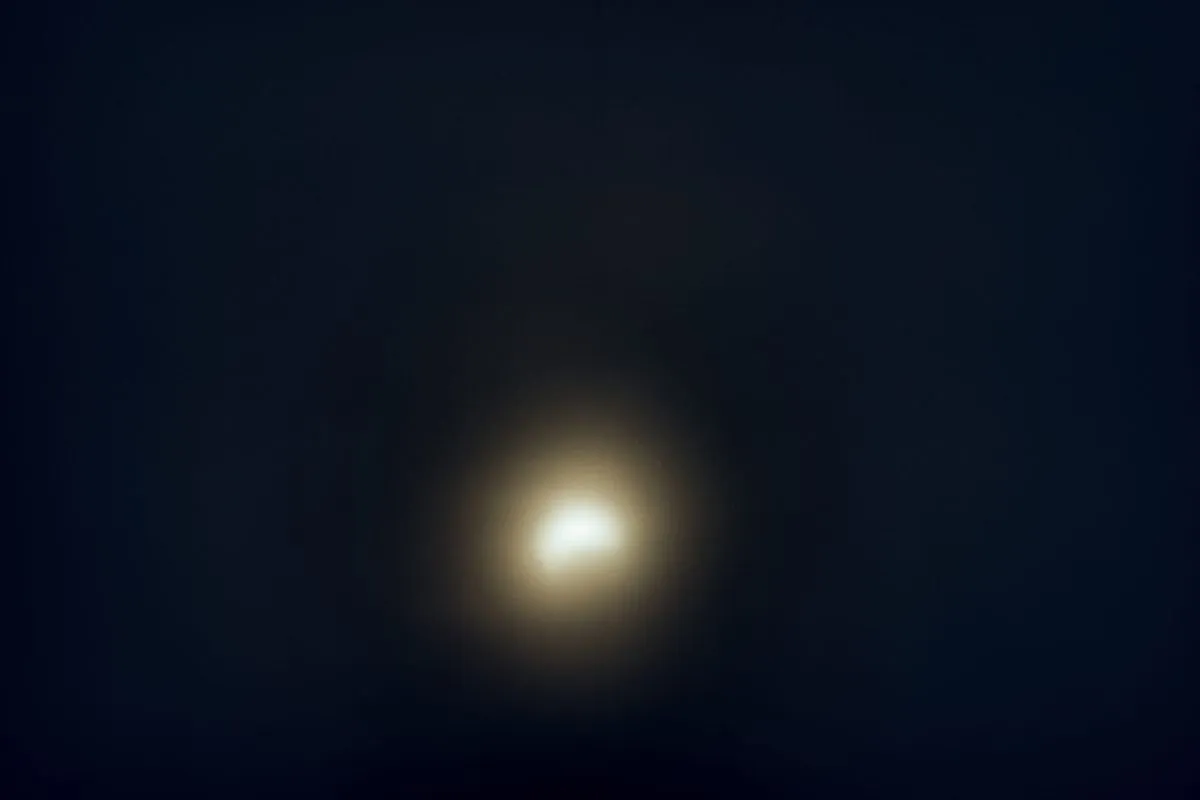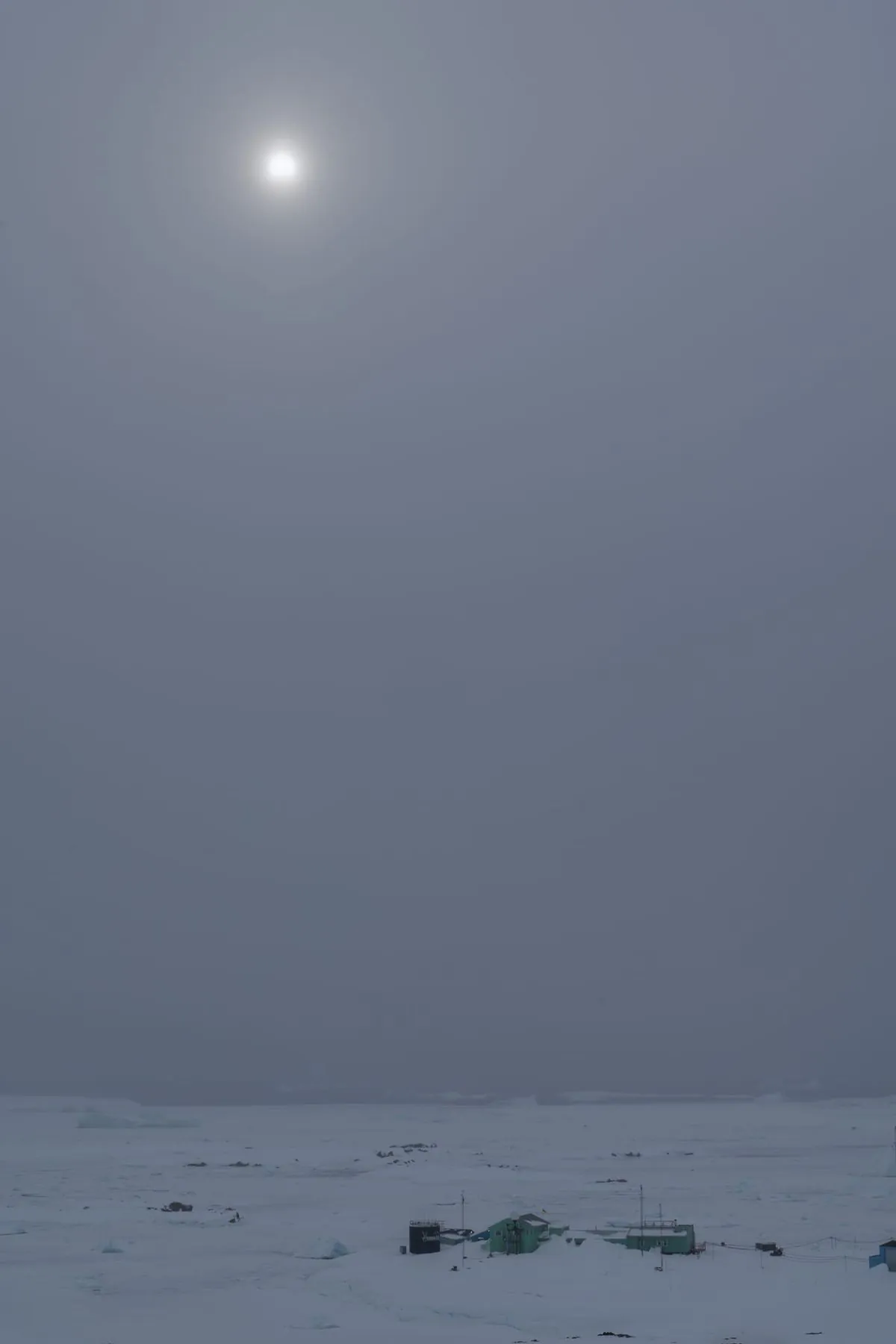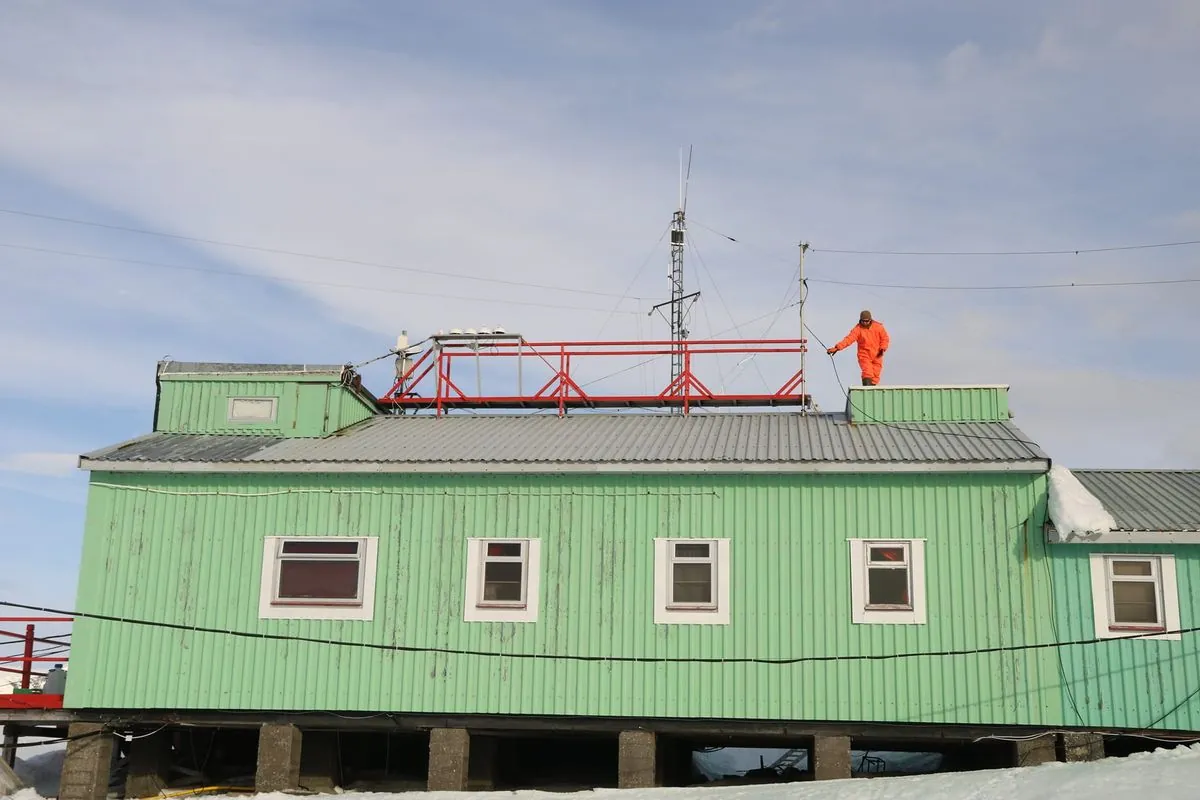Ukrainian polar explorers conducted unique research of the ionosphere during the eclipse of the Sun
Kyiv • UNN
A new experiment to study the ionosphere was conducted at the Akademik Vernadsky station during the annular eclipse of the Sun. The data obtained are important for predicting radio communication conditions and improving ionospheric models.

A new ionospheric experiment was conducted at the Ukrainian polar station Akademik Vernadsky during the annular eclipse of the Sun. The data obtained are extremely important for predicting the conditions of radio communication between remote regions of the world, as reported by the National Antarctic Center, UNN reports.
Geophysicists at the Akademik Vernadsky station conducted a new important study during the annular eclipse of the Sun that occurred in early October over the Pacific Ocean
Details
In particular, the ionosphere, one of the upper layers of the atmosphere containing a large number of ions and electrons, was studied. This layer is capable of conducting electric current and reflecting high-frequency radio signals, which is used to transmit information over long distances.
The Sun's ultraviolet radiation mainly causes ionization in the ionosphere. During an eclipse, the Sun is quickly blocked by the Moon, which creates unique conditions for research that cannot be carried out at other times. Thus, this experiment provided new data on the ionosphere.
For many years, Ukrainian polar explorers have been studying the propagation of high-frequency signals over ultra-long distances, which is necessary for diagnosing large ionospheric inhomogeneities. The research is conducted using a digital receiving and measuring complex. During this year's expedition, the station installed a new WiNRADiO WR G35 DDC receiver capable of receiving signals at several frequencies simultaneously.
The center emphasized that this receiver has now recorded signals not only from the Canadian station CHU, but also from the radio station WWVH in Hawaii during the eclipse:
"This allowed us to obtain valuable information about the state of the ionosphere directly in the eclipse zone.
For example, scientists have been studying how the height of the ionosphere layers and the number of ions change under the influence of rapid changes in ionizing radiation . The data obtained are of great importance for predicting radio communication conditions and improving ionosphere models used to improve positioning in global satellite navigation systems and communication with satellites, to predict radio communication conditions between remote regions of the world, etc.



